YEMEN’S ANSAR ALLAH discuss US relations: “The only communication between us and the United States are MISSILES & DRONES.”
Tensions between Yemen’s Ansar Allah, commonly known as the Houthis, and the United States have reached new heights, with the militant group making a provocative statement regarding their communications with the U.S. In an unprecedented remark, a senior figure from Ansar Allah declared, “The only communication between us and the United States are missiles and drones.” This statement sheds light on the ongoing hostility between the group and the U.S., particularly amidst the ongoing conflict in Yemen and the broader regional dynamics. In this blog post, we’ll explore the context of this statement, the current state of U.S.-Houthi relations, and the potential consequences for the region and global security.
Who Are Yemen’s Ansar Allah (Houthis)?
Ansar Allah, more widely known as the Houthis, is a Zaydi Shia-led rebel group originating from northern Yemen. The group gained prominence in the early 2000s, advocating for the rights of Yemen’s marginalized Zaydi Shia population. However, it wasn’t until the outbreak of the Yemeni Civil War in 2014 that the Houthis became a significant force in the region.
Since 2014, the Houthis have been in direct conflict with Yemen’s internationally recognized government, which is backed by a Saudi-led coalition. Over time, the group has expanded its territory, particularly in the north and west of Yemen, including the capital, Sanaa. Their relationship with the United States has been largely adversarial, with the U.S. designating the group as a terrorist organization, citing its ties to Iran and its involvement in destabilizing the region.
The Provocative Statement: “Missiles & Drones”
The comment from Ansar Allah about U.S. communications highlights the deep animosity between the two sides. In a recent statement, a Houthi official claimed that the group’s primary form of engagement with the United States was through missiles and drones—military assets that the Houthis have increasingly used in recent years to target both military and civilian infrastructure in Saudi Arabia, the UAE, and beyond.
The Houthis’ use of missiles and drones is a significant part of their strategy in the conflict with the Saudi-led coalition, and they have made extensive use of these weapons to target key infrastructure, including oil facilities, airports, and military bases in the region. The U.S. has long been involved in the Saudi-led military intervention in Yemen, providing logistical support, intelligence, and arms sales to the coalition forces. This involvement has made the U.S. a primary target for the Houthis, who view the U.S. as complicit in the suffering of the Yemeni people.
U.S. Involvement in Yemen and the Houthi Response
The U.S. has been deeply involved in Yemen’s conflict since the Saudi-led coalition intervened in 2015 in support of the internationally recognized Yemeni government. The U.S. provided military aid to Saudi Arabia and the UAE, including arms sales, intelligence-sharing, and logistical support. This support has led to criticism from human rights organizations, who argue that U.S. involvement has exacerbated the humanitarian crisis in Yemen and contributed to civilian casualties.
On the other side, the Houthis have received support from Iran, which has provided them with military technology, including missiles and drones. The group’s advanced capabilities have allowed them to carry out numerous attacks on regional targets, which they view as retaliation for the Saudi-led coalition’s aggression.
In response to U.S. military aid to the coalition, the Houthis have launched missile and drone strikes aimed at U.S. interests in the region, as well as targets in Saudi Arabia and the UAE. These attacks are framed as a form of resistance against what they perceive as foreign interference in Yemen’s sovereignty.
The Broader Context of U.S.-Houthi Relations
The U.S.-Houthi relationship has been fraught with conflict and misunderstanding. While the Biden administration has shown some willingness to engage diplomatically with the Houthis, particularly in the context of peace efforts for Yemen, the group’s continued use of violence against U.S. allies and their refusal to engage in direct dialogue with the U.S. government has hindered progress.
The Houthis have consistently rejected U.S. diplomatic overtures, viewing the U.S. as a primary enemy due to its support of the Saudi-led coalition. For their part, the U.S. has designated the Houthis as a Foreign Terrorist Organization (FTO), which further complicates any potential negotiations. The U.S. has also expressed concerns about the Houthis’ ties to Iran, viewing their actions as part of a broader Iranian strategy to destabilize the region.
As a result, the two sides have found themselves in a deadlock, with the U.S. seeking to contain Houthi influence and the Houthis continuing their campaign of missile and drone attacks. The humanitarian situation in Yemen has only worsened in the process, with civilians bearing the brunt of the violence from all sides.
Implications for Regional Security
The statement about “missiles and drones” is not just symbolic; it reflects the ongoing security threats posed by the Houthis to the broader region. Yemen’s conflict has become a battleground for regional powers, with Saudi Arabia, the UAE, and Iran all playing a significant role. The use of advanced weaponry, including drones and missiles, has turned the region into a volatile flashpoint that risks spilling over into neighboring countries.
For the U.S., this growing threat to its interests in the Middle East has implications for both its military presence and its diplomatic relations in the region. The U.S. has been forced to increase its military presence in the region to safeguard key allies like Saudi Arabia and the UAE, while also attempting to contain Iranian influence. Meanwhile, the Houthis’ increasingly sophisticated attacks on critical infrastructure, including energy facilities, threaten to destabilize the global oil market and increase tensions between the U.S. and its allies.
The Path Forward: Diplomatic or Military Escalation?
The future of U.S.-Houthi relations remains uncertain. Despite the harsh rhetoric and violent actions, there are still diplomatic channels through which dialogue could potentially be pursued. The U.S. has previously expressed interest in working towards a ceasefire and peace agreement in Yemen, but the Houthis’ reluctance to engage directly with the U.S. and their demands for the lifting of sanctions make negotiations difficult.
On the other hand, the continued military escalation by both sides risks further entrenching the conflict, with devastating consequences for the Yemeni population. The ongoing violence, combined with the humanitarian crisis, poses significant challenges for any long-term resolution.
Ultimately, the situation in Yemen remains one of the most complex and intractable conflicts in the Middle East, with no clear path to peace. The U.S. and the Houthis are locked in a standoff, with both sides expressing their grievances through military force, while the Yemeni people continue to suffer the consequences.
Conclusion
The statement from Ansar Allah about the “missiles and drones” being their primary form of communication with the United States underscores the growing hostilities and the deep divide between the two parties. With the conflict in Yemen showing few signs of abating, this declaration highlights the ongoing risks to regional security and the difficulty of achieving diplomatic progress. The future of U.S.-Houthi relations remains uncertain, and the situation in Yemen continues to be one of the most pressing geopolitical challenges of the Middle East.

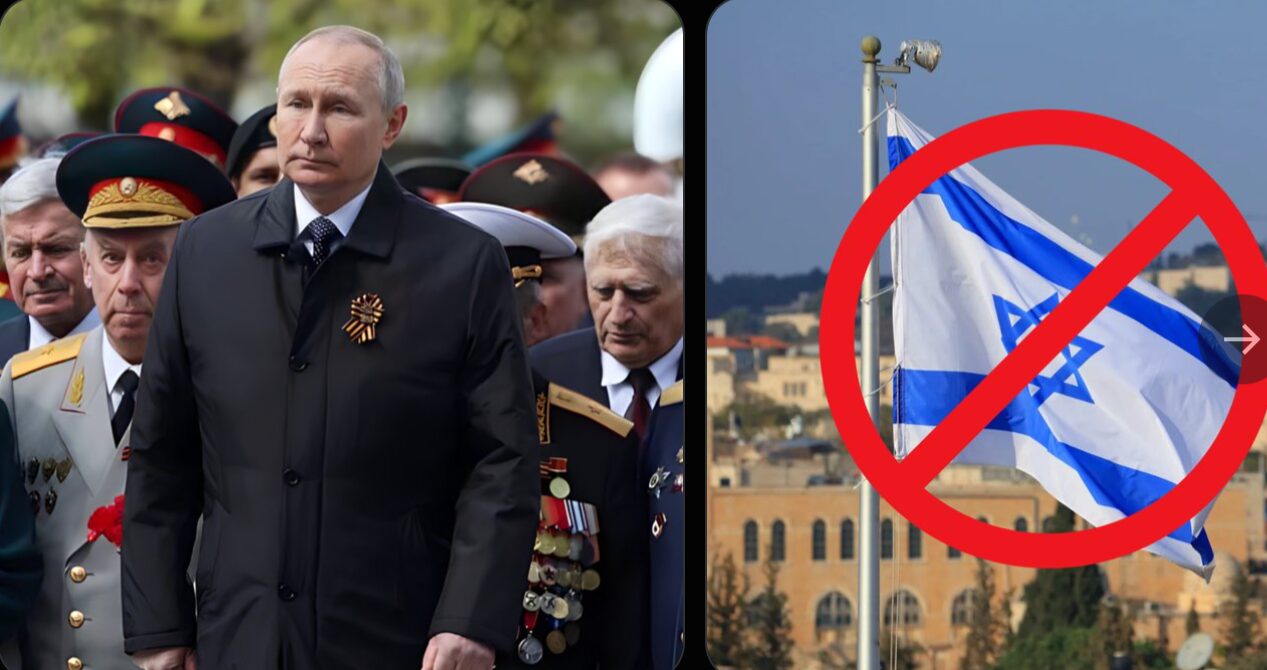



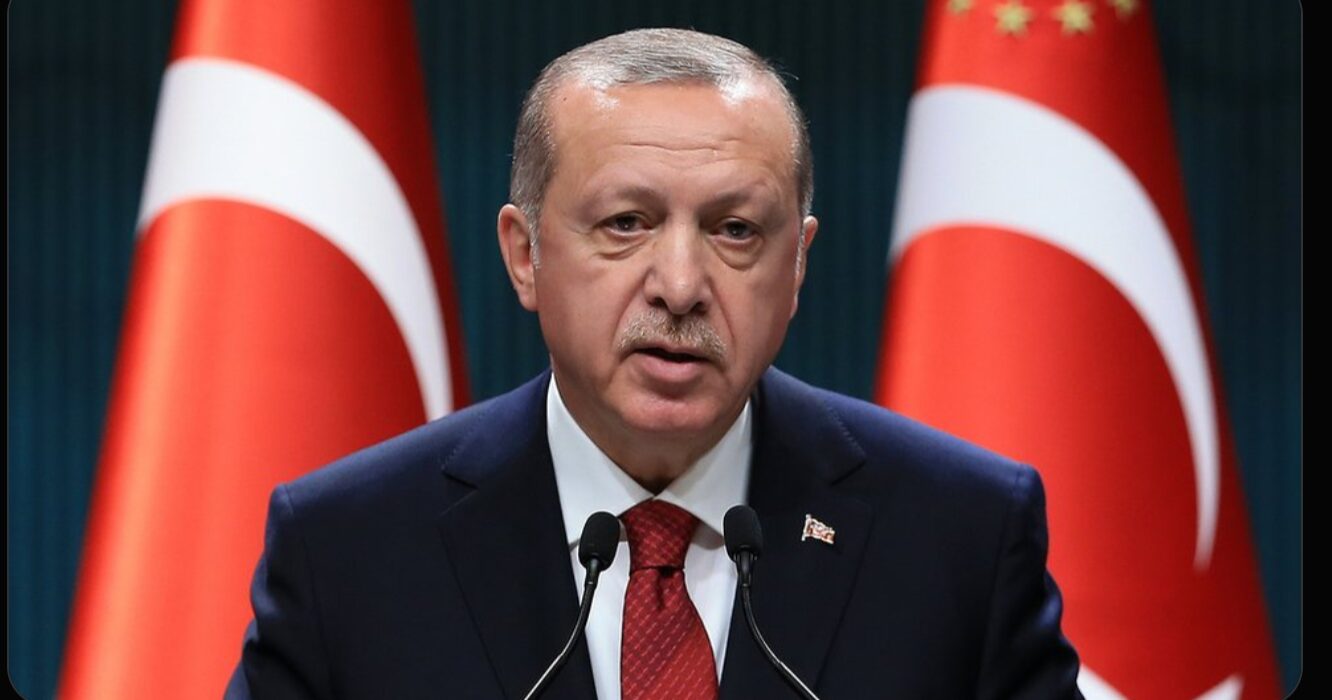
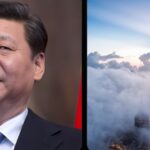

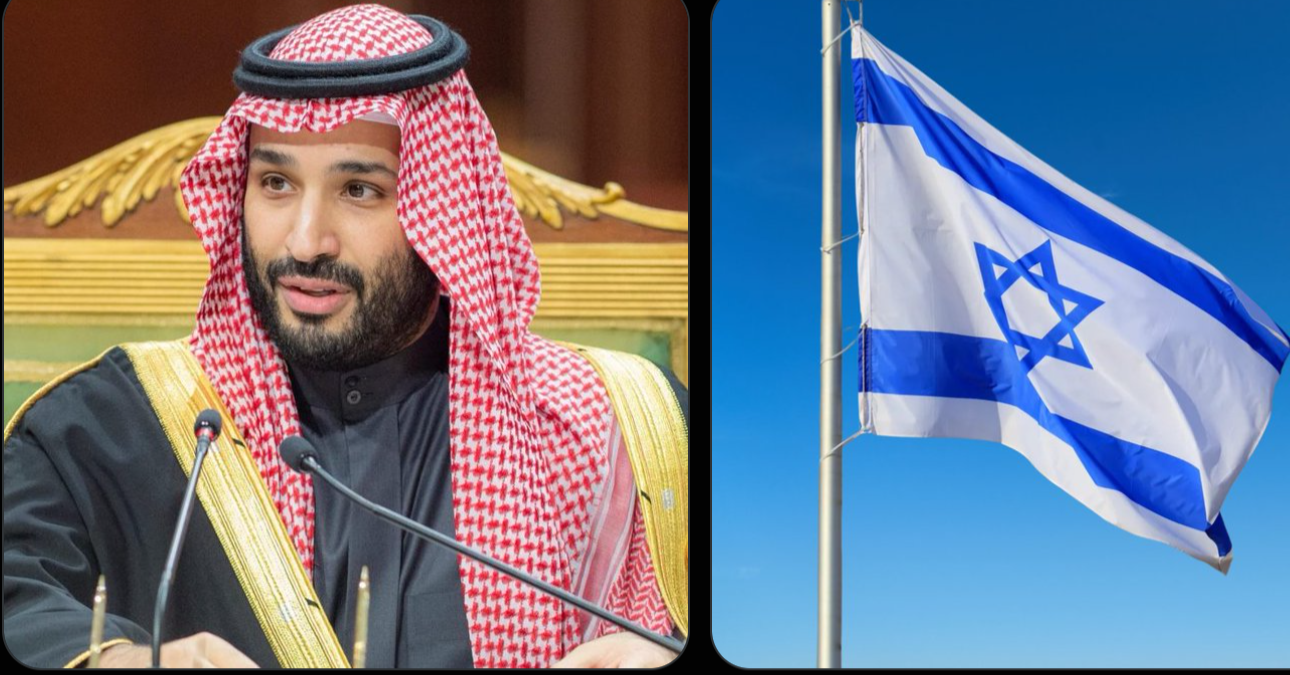

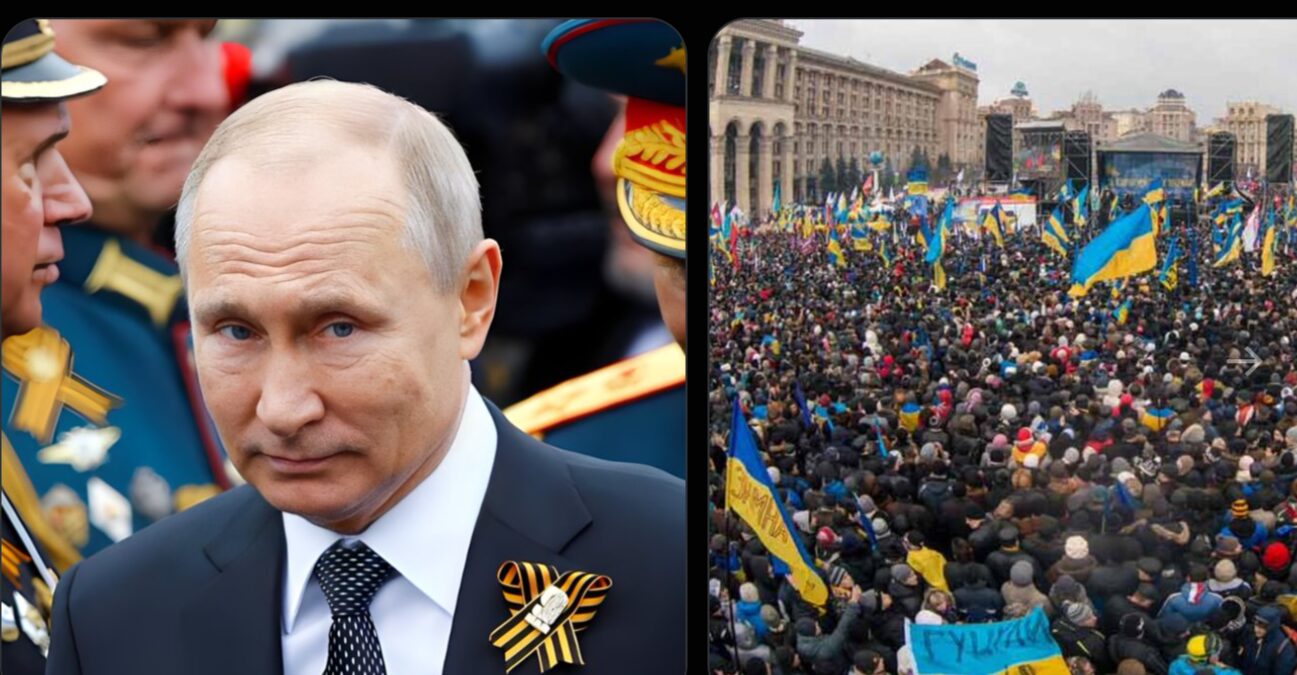
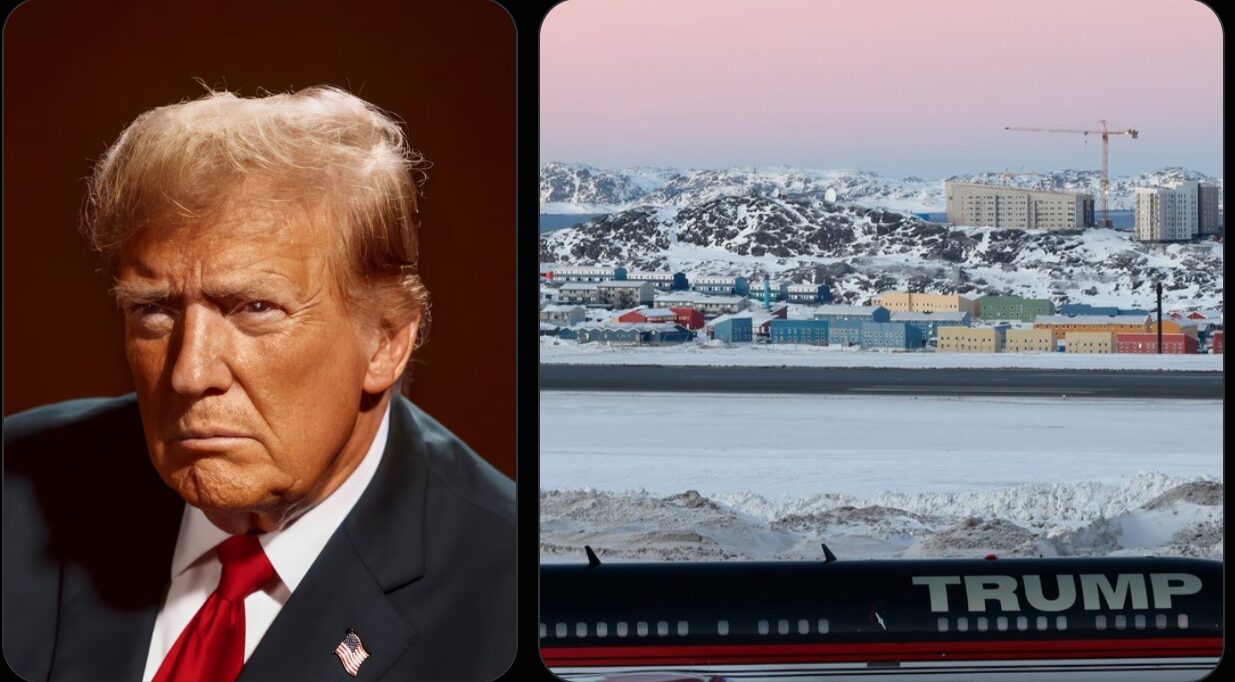
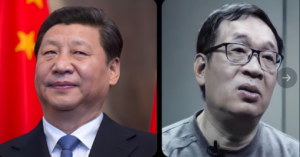
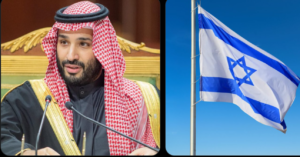
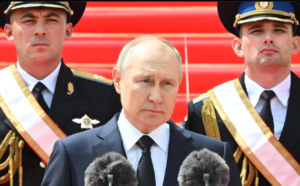
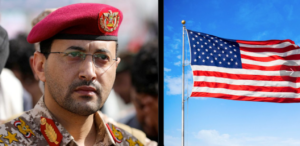

Post Comment